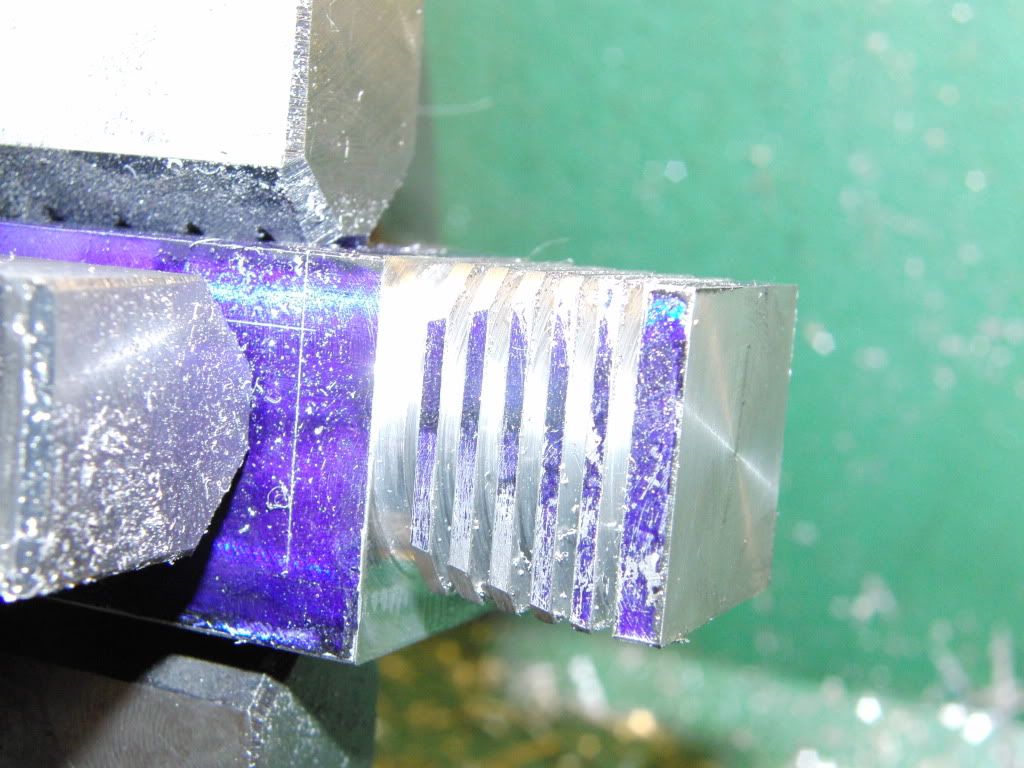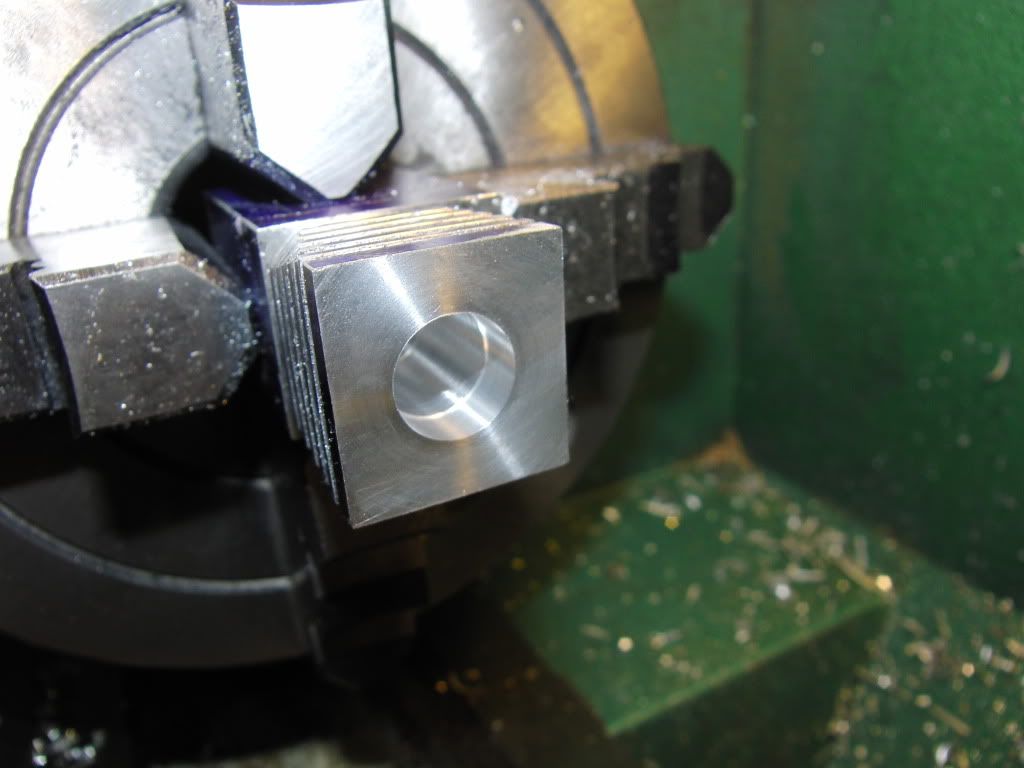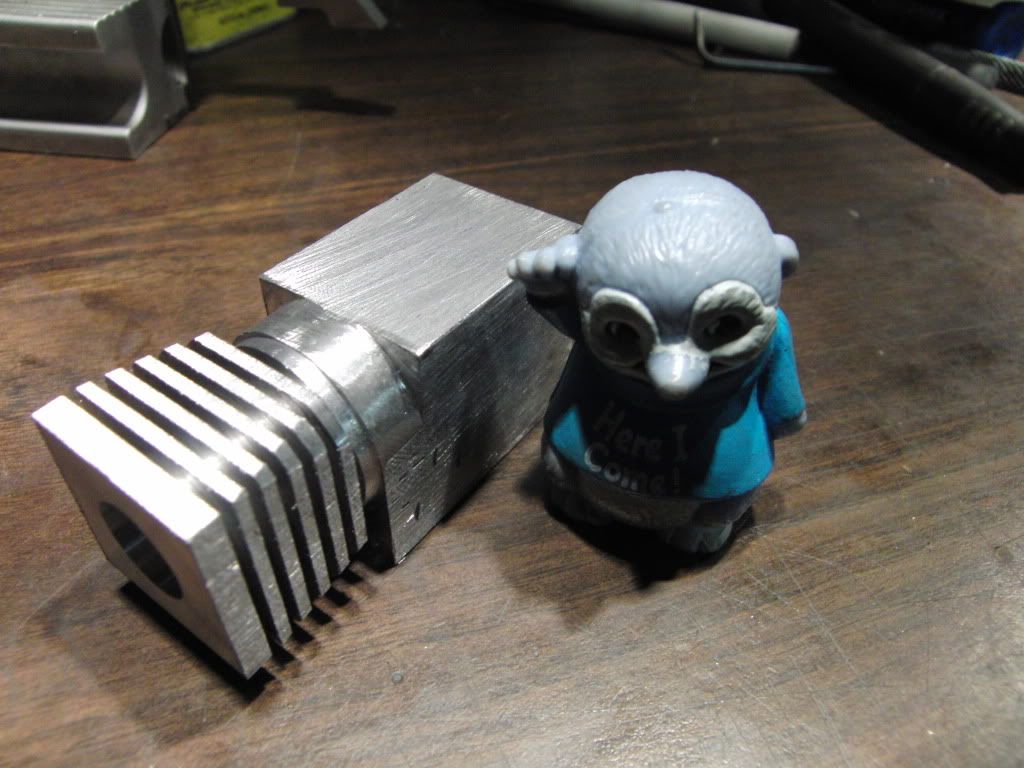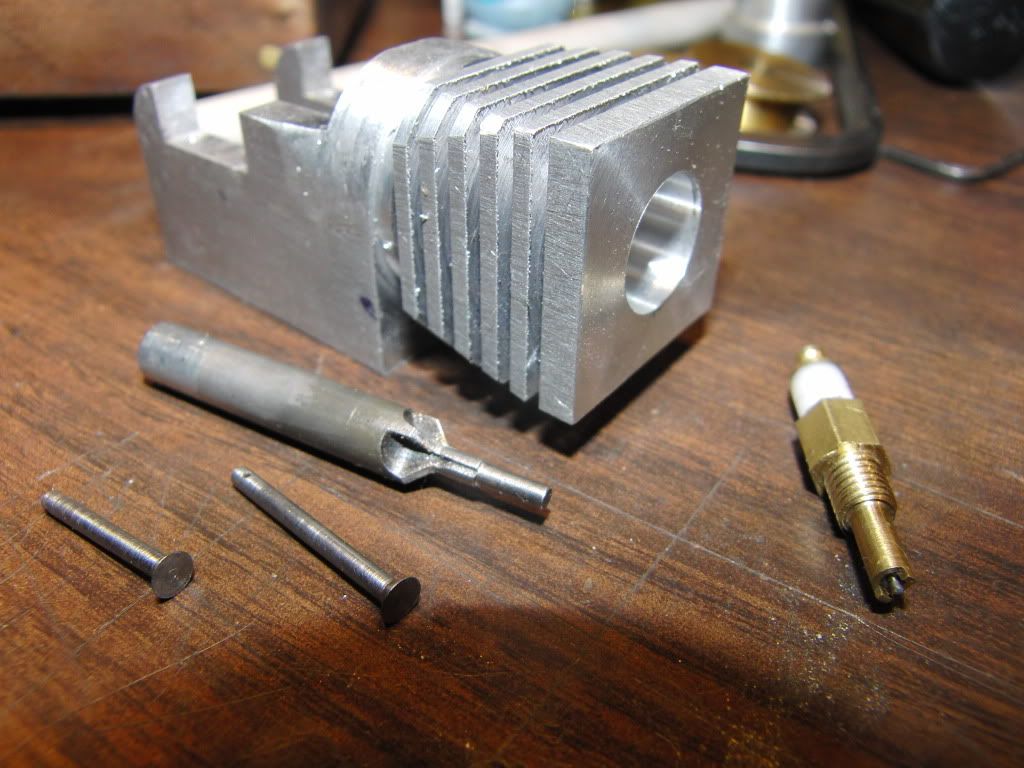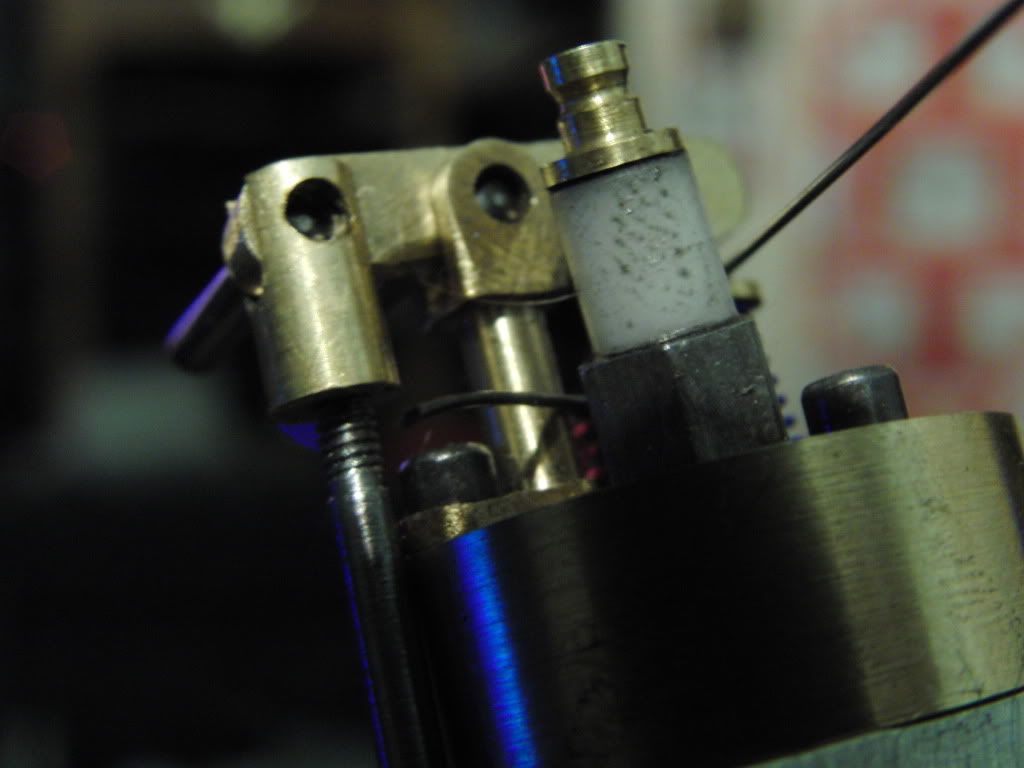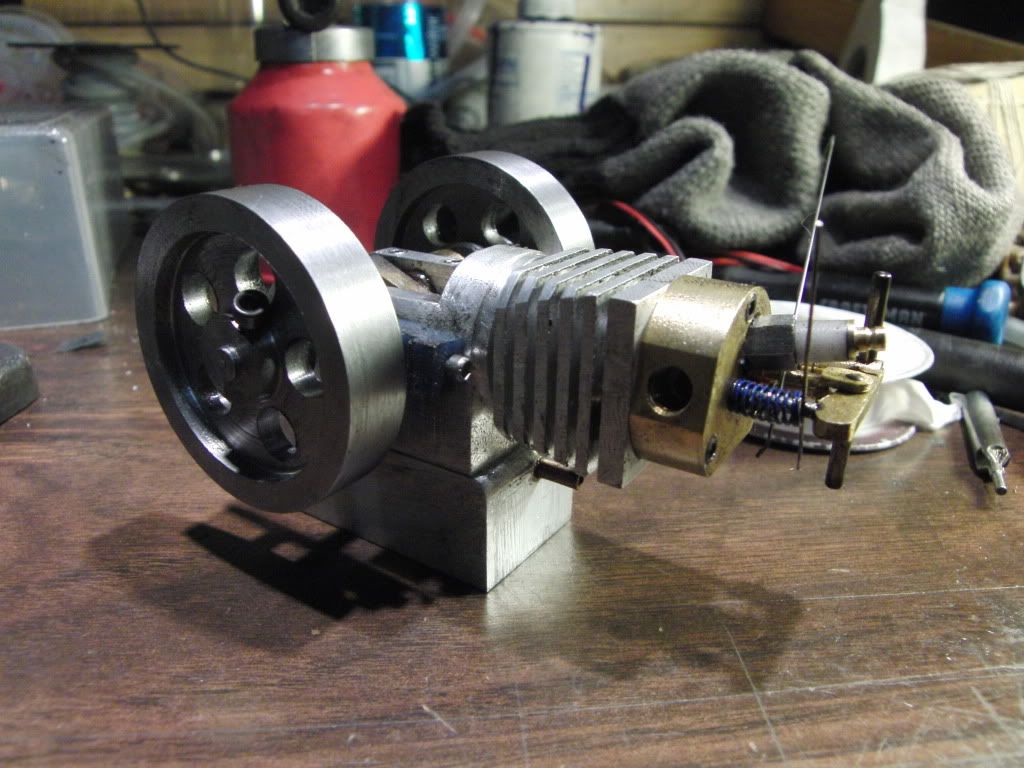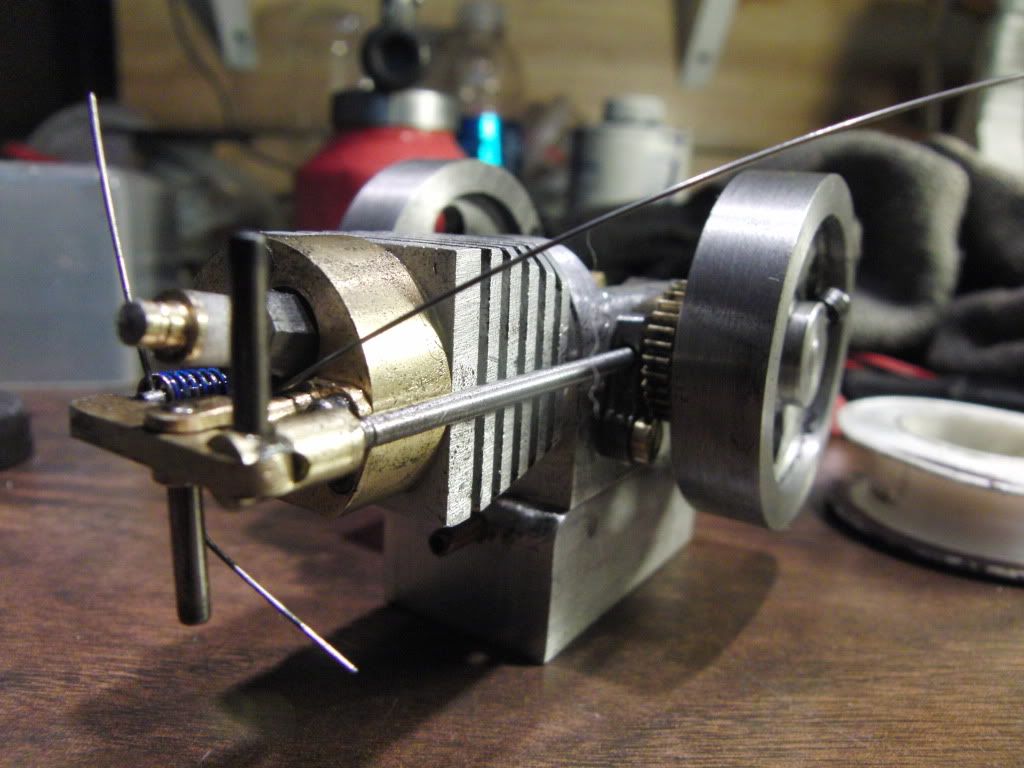putputman
Senior Member
- Joined
- Nov 22, 2008
- Messages
- 600
- Reaction score
- 55
Hello Kel,
To answer the last question first, I always bore my cylinders on the mill, if they fit, or on the lathe. Normally I can get a decent finish that requires a minimum of lapping. If I am going to use o-rings, I try to get a smoother bore than if I use metal rings.
When using o-rings, use Viton material as it will stand a much higher heat than Buna-N, which is what most hard ware store rings are made of. If you will PM me your mailing address, I'll will send you a couple Viton rings that you can try. I think you should be able to get by with the oversize condition.
If you haven't got too much work into the cylinder, you might want to start over. The one advantage with the Tiny I.C. is that you haven't got a lot of material involved in any of the pieces.
To answer your question about the legnth of the intake valve, from another thread, the only requirement is that it is enough shorter than the exhaust valve so it clears the rocker arm.
To answer the last question first, I always bore my cylinders on the mill, if they fit, or on the lathe. Normally I can get a decent finish that requires a minimum of lapping. If I am going to use o-rings, I try to get a smoother bore than if I use metal rings.
When using o-rings, use Viton material as it will stand a much higher heat than Buna-N, which is what most hard ware store rings are made of. If you will PM me your mailing address, I'll will send you a couple Viton rings that you can try. I think you should be able to get by with the oversize condition.
If you haven't got too much work into the cylinder, you might want to start over. The one advantage with the Tiny I.C. is that you haven't got a lot of material involved in any of the pieces.
To answer your question about the legnth of the intake valve, from another thread, the only requirement is that it is enough shorter than the exhaust valve so it clears the rocker arm.






















![DreamPlan Home Design and Landscaping Software Free for Windows [PC Download]](https://m.media-amazon.com/images/I/51kvZH2dVLL._SL500_.jpg)





































